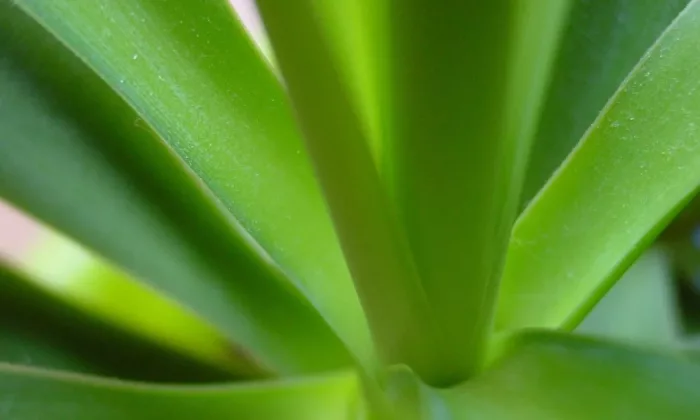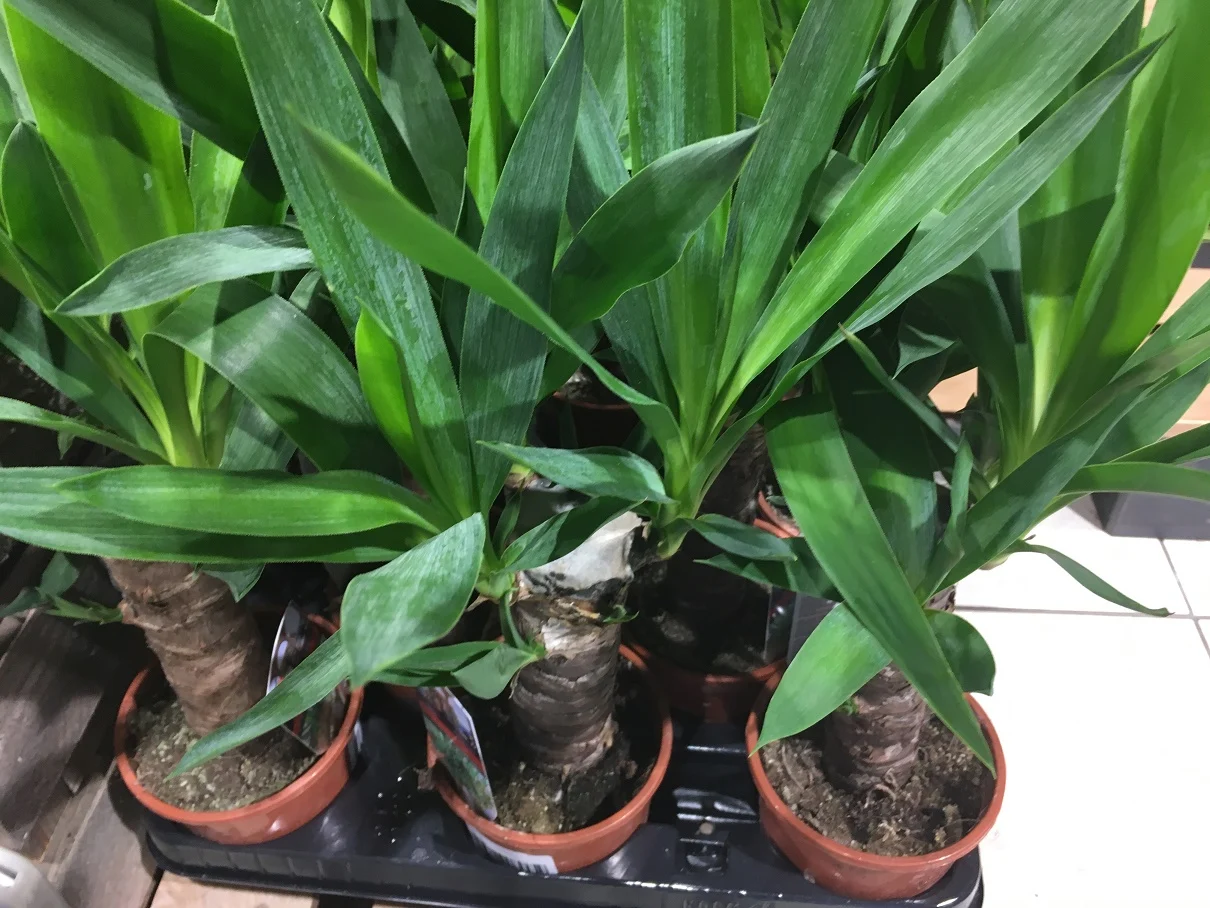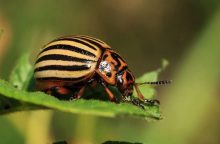The most common yucca growing problems

Yucca or indoor cultivation looks really impressive, but only until its leaves start turning yellow, or until other quite common problems appear. We shall give you a few tips how to prevent these unpleasant problems.
First, you need to get familiar with the basic principles of yucca care. If you follow them carefully, you will grow a strong and healthy plant.
Yellowing does not necessarily mean too much water
When yucca starts turning yellow and the leaves begin to fall off, check the soil and make sure that it is not too wet. If so, transfer yucca to another pot and remove any brown (rotting roots). However, if it is too dry, water more often. If none of these problems seems to be the case, then insufficient nutrition is likely the case. Get a suitable fertilizer for green plants or a fertilizer designed for palm trees.
Photo: Pixabay
If you notice these symptoms in winter, you can also use a fertilizer, but you need to be careful. Half of the recommended dose should be enough. Experts usually do not recommend fertilizing in winter, but if you are experiencing these problems you should definitely try.
Transferring to a bigger flower pot and eliminating drafts
In addition to the above-mentioned problems, there are other issues that may harm your yucca. For example,overgrown root system. If you have not transplanted yucca to a larger container for several years, check the condition of roots. If the root system covers the entire surface of the substrate, immediately transplant it regardless of the season.
Cold draft and temperatures below 10 °C can also cause problems. You can tell if you notice brown spots on leaves. There is no cure for this unfortunately. So, move the plant to a different and more suitable place and wait for it to recover. If you follow these rules your yucca will last for many years and can even grow taller than the usual 1.5m and it can easily become the dominant element of your living room or entrance hall.
Additional care
Wash leaves regularly with a damp cloth but be careful. Older plants have sharp tips at the edges and you can cut yourself easily. Transplant yucca every year, and if this is no longer possible due to its size, at least replace the top layer of the substrate.
Preview photo: Pixabay

Gardening is my hobby, I have a lot of experience and I am happy to share it.









0 comments